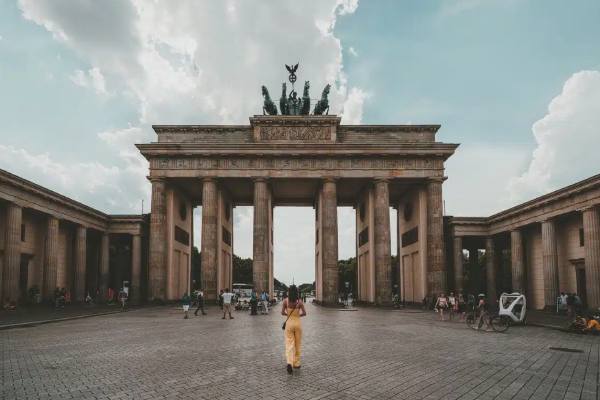The Countries With The Highest Inflation Rates In Africa [Top 10]
Do you care to know the countries with the highest inflation rates in Africa? Africa is a continent filled with intelligent and strong people but there is a big problem with this continent when it comes to selecting good leaders.
Although there are many bad leaders in most countries of Africa we also have good ones among them, the leaders influence the rate at which development is attained and this affects every sector of the country either positively or negatively.
What is Inflation? Inflation is the slow/rapid increase in the prices of goods and services in a country’s economy. Mind you, once there is an increase in the price of some commodities it affects others like transportation, electricity, education e.t.c., everyone will also want to increase the charges for their services because they have to be able to buy things at the current increased prices.
The government policies, measures and decisions are very critical in this situation as they could bring a drastic decrease and greatly control the high inflation.
![The Countries With The Highest Inflation Rates In Africa [Top 10]](https://naijaxtreme.com/wp-content/uploads/2022/06/countries-with-the-highest-inflation-rates-in-africa-img_1-min.jpg)
Also, there is a connection between inflation and the economic principle of demand and supply and the current situation of the economy will depend on how they change positively or negatively, mind you the rate of change also have some effect on this.
No matter how little the inflation amount is it will have some effect on the economy of a country, it serves as a signal that the economy is increasing or decreasing.
When there is more or excess inflation the prices of things increase faster than the wages and this, in turn, makes the country’s currency lose its value in the international market.
When the currency losses its value the purchasing power of such a country will also reduce, if there is also a too little inflation rate this isn’t good for the country because it means the country is stagnant when it ought to be growing.
Mind you, we cannot keep on talking about inflation without talking about the three inflation indexes, we have the Consumer Price Index (CPI), the Wholesale Price Index (WPI), and also we have the Producer Price Index (PPI).
The PPI is based on the average prices of primary needs e.g. food, utility, transportation, health care e.t.c. The WPI is focused on the changes in prices through the producer and wholesalers before the final destination which is the consumer.
The PPI is the measure of change in price from the producer/seller perspective. All in all, inflation is classified into three categories which are:
Demand-Pull Inflation:
The demand-pull inflation happens when the demand for goods and services increases than the production level, this is when people need to buy some things but couldn’t get them easily because there is lower production and this will automatically make people increase the price of the little available ones.
Cost-Push inflation:
This is when the cost of production gets increased i.e. when the cost of getting raw materials or ingredients for production increases definitely the prices the final product will be put out will increase also so consumers buy at higher prices.
Built-In Inflation:
When there is an expectation that a particular inflation will continue there is a need for an increased wage for workers so their normal day-to-day status can be maintained, this also affects the consumer goods prices or services being produced by labor and an increase in price is experienced.
Low Inflation rates all over the world in countries with low inflation rates are explained by deflation i.e. a negative inflation rate (-), the currency of such country will be strengthened enabling more goods production at cheaper prices.
Read Also: 50 Most Valuable Companies In Africa – (Updated List)
We hope you get the explanations better now, we have listed below the countries with the highest inflation rates in Africa.
Top 10 Countries With The Highest Inflation Rates In Africa
Below is a table showing African countries with the highest inflation rate:
| Ranks (#) | Country | Inflation Rate |
| #1. | Sudan | 260% |
| #2. | Zimbabwe | 96.4% |
| #3. | Ethiopia | 36.6% |
| #4. | Angola | 25.79% |
| #5. | Ghana | 23.6% |
| #6. | Sierra Leone | 17.59% |
| #7. | Nigeria | 16.82% |
| #8. | Burundi | 16.09% |
| #9. | Malawi | 15.7% |
| #10. | Burkina Faso | 15.1% |



![The 8 Busiest Ports in the World [Updated]](https://naijaxtreme.com/wp-content/uploads/2023/09/busiest-ports-in-the-world-IMG_1.jpg)



